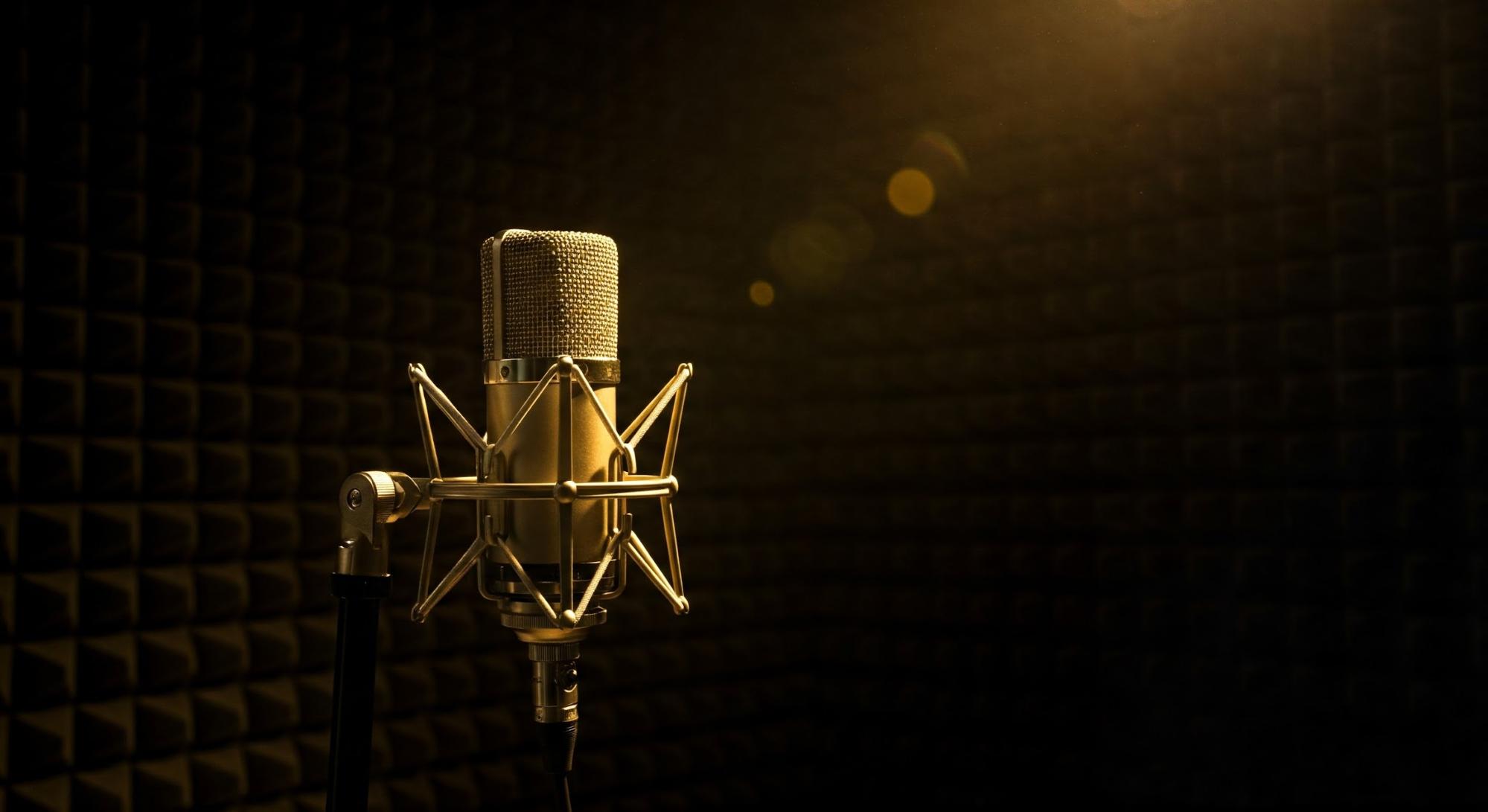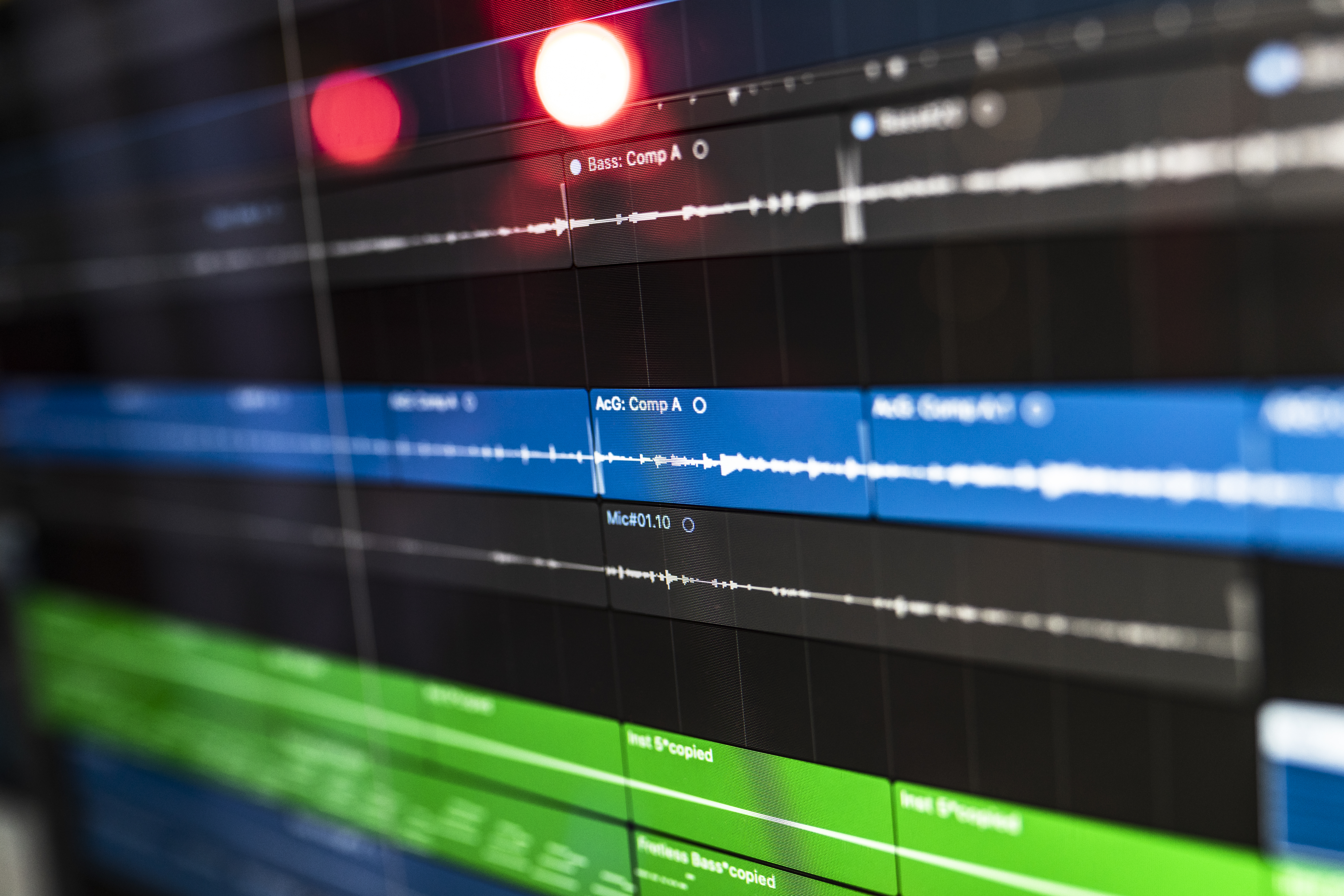From Streets to Screens: Transforming Found Sounds into Cinematic Scores
Most film scores lean on traditional instruments, but that’s not the only way to craft something memorable. Using field recording and foley can inject fresh, gritty textures straight from real life into your music production. This guide breaks down how to capture and shape found sounds that bring authenticity and depth to your film score, giving your work a distinct edge. For more insights, you can check out this link.
Capturing Real-World Sounds 🎤

To create an authentic film score, capturing sounds from your environment can truly make a difference. Here's how to start recording the world around you.
Basics of Field Recording
Field recording is essentially about capturing sounds outside a studio. For example, this could be the rustling of leaves or the chatter of a busy street. Consequently, you need a portable recorder and a keen ear. To start, explore different settings. As you do so, listen carefully to what's around you and notice the details. Is it the birds you hear, or perhaps the sound of water flowing? This is where your journey begins.
Once you find a sound that stands out, make sure to record it. Be sure to keep your equipment steady and focus on the sound quality. This practice can effectively transform ordinary sounds into extraordinary audio elements for your film score. For more on the basics of field recording, you can visit Research Catalogue.
Essential Tools for Foley
Foley involves recreating everyday sounds for media. For instance, think of footsteps or doors creaking. To get started, you'll need a microphone, recorder, and some creativity. Fortunately, you don’t need a high-end studio; a quiet room will do. For example, try using household items to mimic sounds. A pair of shoes on a wooden board can simulate footsteps, while a chair creak might just be the eerie sound you need.
Thus, experiment with different items to see what works best. Record these sounds cleanly because you can always adjust them later in your production process. Foley ultimately adds realism to your audio, making scenes more believable. For creative ideas, be sure to explore Glitch Magic.
Choosing the Right Locations
The right location can indeed make all the difference in field recording. Urban areas, for instance, offer a variety of sounds, but can also be noisy. Meanwhile, rural settings provide a more controlled environment. Therefore, decide what fits your project's mood. Are you aiming for the hustle of city life or perhaps the serenity of nature?
Thus, it’s a good idea to scout potential spots ahead of time. As you do so, listen to the ambiance to ensure it aligns with your vision. Additionally, consider accessibility and safety. You want to capture great sounds while staying safe. Ultimately, finding the perfect location is key to a successful recording session.
Integrating Found Sounds Into Scores 🎬

Once you've captured your sounds, it's time to integrate them into your scores. This process can add unique layers to your audio project.
Enhancing Audio Textures
Adding found sounds can enrich the texture of your music. They introduce layers that instruments alone can't provide. These sounds can build atmosphere. For instance, the buzz of a neon sign can add tension, while water dripping can evoke mystery. Use these elements to evoke emotions in your audience.
Blend these recordings with your music. Adjust levels to ensure they complement, not overpower. Carefully crafted sounds can transform a simple score into an immersive experience. Looking for more on audio textures? Check out Mod Wiggler.
Creative Manipulation Techniques
Experimentation is key. Once you have your sounds, you can manipulate them in countless ways. Use software to adjust pitch and tempo. Consider reversing the audio for a haunting effect. Layer multiple recordings for complexity.
Don't be afraid to push boundaries. Sometimes, distorting a sound creates the perfect eerie tone. Each manipulation adds a new dimension to your score. The goal is to craft something unique that resonates with your audience.
Balancing with Traditional Elements
Balancing found sounds with traditional instruments is crucial. You want them to complement each other, creating harmony. Too much of one can overwhelm the listener. Consider using found sounds as subtle backgrounds, enhancing the overall texture.
Evaluate each element's role in your piece. Do they work together seamlessly? Adjust as needed. This balance can make your score stand out, providing a rich auditory experience.
Expert Tips for Music Production 🎶

Crafting film scores involves not only creativity but also strategy. Here are expert tips to enhance your production process.
Unique Textures in Film Scores
Incorporating unique textures can indeed set your scores apart. By utilizing unusual sound sources or unexpected combinations, you can craft something truly distinctive. For instance, by blending electronic beats with natural sounds, you can create a distinctly unique vibe. This approach, therefore, challenges the conventional, leading to new sonic landscapes.
Furthermore, regularly exploring new genres and techniques ensures your work remains fresh and innovative. Remember, your ultimate goal is to forge a sound that's recognizably yours.
Sound Design Strategies
Effective sound design, on the other hand, can elevate your project significantly. Start with a clear concept—what emotions do you wish to convey? Choose sounds that align with this vision, and layer them thoughtfully, considering their interaction as a means to build depth and richness.
Moreover, use software tools to refine your soundscapes. Programs like Ableton or Pro Tools offer various effects to enhance your audio. By regularly refining your skills with these tools, you will continually improve your sound design capabilities.
Benefits of SonalSystem Libraries
SonalSystem, on the other hand, offers expertly crafted sound libraries that can elevate your projects. These libraries provide high-quality sounds that are ready for integration into your scores. Whether you need a specific instrument or ambient sound, SonalSystem has you covered with offerings like our Foley-based sound packs: Field Notes, Aurora, and the Particles preset library for the GR-1.
Their collections are diverse, catering to various genres and styles, which in turn allows you to find the perfect fit for your project. By using these resources, you gain access to professional-grade sounds that inspire creativity and enhance your work.
In conclusion, integrating field recordings and foley into your music production truly opens up a world of possibilities. It brings authenticity and depth to your film scores, thereby making them memorable. Therefore, embrace the process, experiment, and watch your creativity soar.


